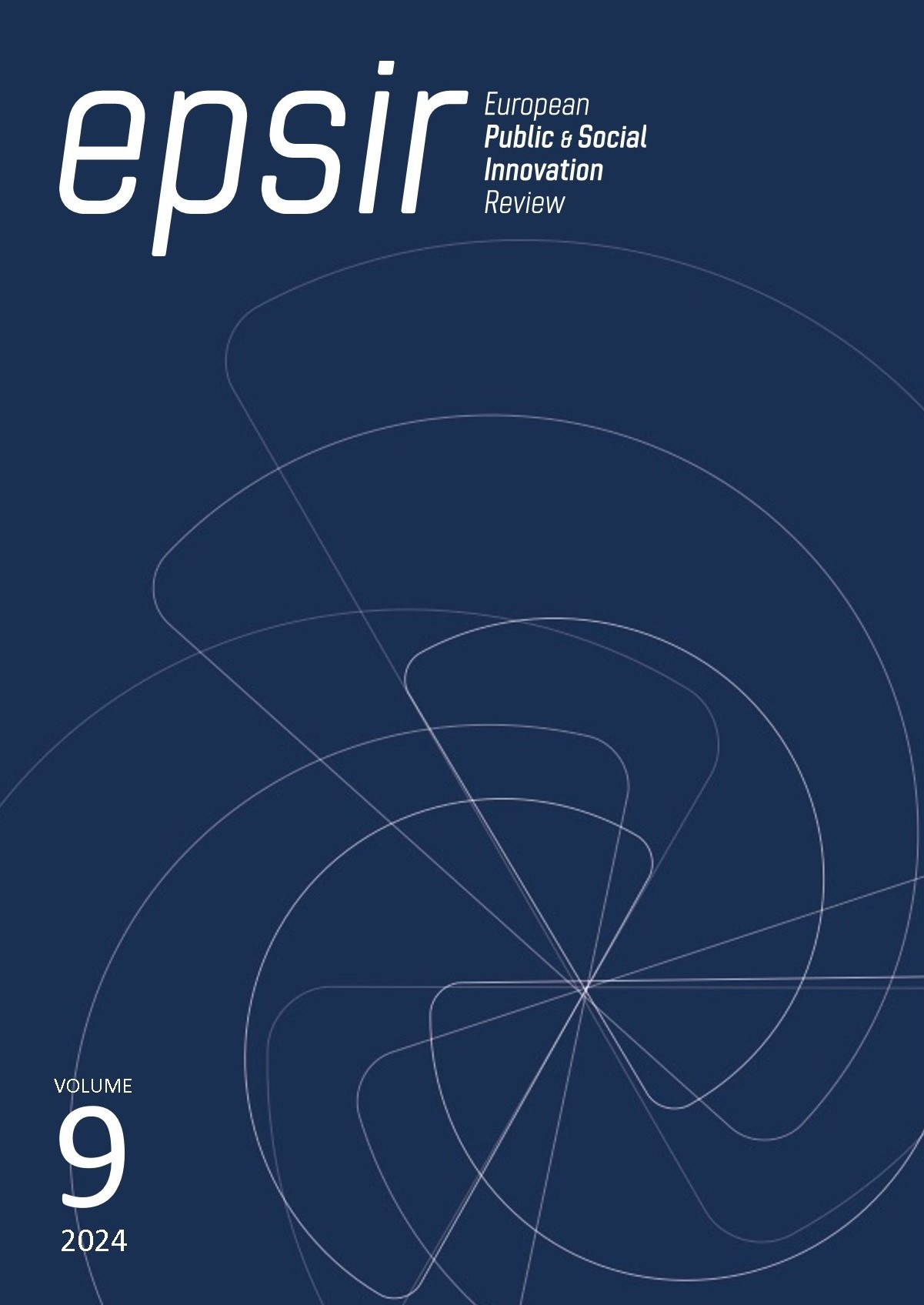Implementación del programa de compliance: experiencia del Instituto Universitario Bolivariano de Tecnología
DOI :
https://doi.org/10.31637/epsir-2024-1986Mots-clés :
programa, estándar, riesgo, transparencia, legalidad, sanciones, imagen corporativa, educación superiorRésumé
Introducción: Este estudio busca implementar un programa de Compliance en el Instituto Superior Universitario Bolivariano de Tecnología para garantizar el cumplimiento de las normativas legales que regulan tanto la educación superior como las empresas particulares. Metodología: Se propone un enfoque cualitativo basado en la investigación acción, utilizando la metodología de mejora continua PHVA (Planificar-Hacer-Verificar-Actuar). Además, se emplearán métodos teóricos como el hermenéutico y el analítico sintético, y métodos empíricos como la revisión documental y entrevistas. Resultados: El programa de Compliance busca desarrollar una cultura corporativa de cumplimiento legal, identificar riesgos de incumplimiento y evitar sanciones, multas y daños a la imagen corporativa. También se planea crear una oficina de cumplimiento con un Compliance Officer y un equipo de asesoría para apoyar la toma de decisiones. Conclusiones: La implementación del programa permitirá que el instituto cumpla con la normativa vigente, minimizando riesgos legales y mejorando su transparencia y legalidad en los procesos internos.
Téléchargements
Références
Aguilera, D. A. (2023). Compliance y la formación ciudadana en Ecuador. Conrado, 19(92), 491-498. http://scielo.sld.cu/pdf/rc/v19n92/1990-8644-rc-19-92-491.pdf
Ávila Martínez, I., Cerecero Álvarez, J. y Ortega Rubio, S. (2022). Compliance como herramienta de desarrollo para PYMES mexicanas. Instituto Politécnico Nacional.
Castro Pallaroso, J. C. y Velasco Granda, E. (2022). Implementación de sistemas de cumplimiento (compliance) para. Universidad Andina Simón Bolívar. https://acortar.link/5Ritz3
CECAM (2018). Plan de Programas Formativos. https://acortar.link/oPodjA
Chiavenato (2009). Gestión del talento humano. McGraw Hill.
Compliance360 Executive Education (2024). Compliance360 Executive Education. Transversalidad del Compliance: más allá del cumplimiento normativo. https://acortar.link/MYN6z7
Correa, I. (2002). Manual de licitaciones públicas. https://acortar.link/faNHrg
Kohl, H. (2020). Standards for Management Systems. https://acortar.link/m4CwWd DOI: https://doi.org/10.1007/978-3-030-35832-7_2
López, M. R. (2013). Mapa de Riesgos. https://dialnet.unirioja.es/descarga/articulo/4744304.pdf
Miranda Cifuentes, J. I. (2018). Compliance program como herramienta en la lucha contra la corrupción en Ecuador. Revista de la Facultad de Jurisprudencia, 4, 37-52. https://www.redalyc.org/journal/6002/600263661002/html/ DOI: https://doi.org/10.26807/rfj.v0i4.76
Moreno García, E. (2017). Autónomo: Revista Digital de Información General. ¿Qué es el compliance? https://www.autonomo.es/opinion/item/5403-que-es-el-compliance
Muriel Bedoya, B. (2017). Compliance: su evolución y desafíos en Ecuador. USFQ Law review, 4(1), 159-183. https://doi.org/10.18272/lr.v4i1.993 DOI: https://doi.org/10.18272/lr.v4i1.993
Normas ISO (s/f de s/f de 2015). Normas ISO. https://lc.cx/yUVwLx
Ramírez Arévalo, N., Medina Cárdenas, Y. C. y Rico Bautista, D. W. (2021). Quality management for public universities. Tendencias en la Investigación Universitaria: Una visión desde Latinoamérica, 169-179. https://acortar.link/m4CwWd DOI: https://doi.org/10.47212/tendencias2021vol.xvi.13
Rodríguez López, M., Piñeiro Sánchez, C. y de Llano Monelos, P. (2013). Mapa de Riesgos: Identificación y Gestión. Revista Atlántica de Economía, 1-29. https://ideas.repec.org/a/eac/articl/08-12.html
Ujaen (2017). Procesos. https://acortar.link/h41fmH
Universidad Internacional de la Rioja UNIR (2023). UNIR La Universidad en Internet. Elementos claves de un programa de compliance: https://ecuador.unir.net/actualidad-unir/compliance-empresa/
Word Compliance Association (2024). Word Compliance Association. https://www.worldcomplianceassociation.com/que-es-compliance.php
Téléchargements
Publiée
Comment citer
Numéro
Rubrique
Licence
© Luis Alberto Alzate Peralta, Odette Martínez Pérez, Gema Saray Landeta Moore 2025

Ce travail est disponible sous licence Creative Commons Attribution - Pas d'Utilisation Commerciale - Pas de Modification 4.0 International.
Authors who publish with this journal agree to the following terms:- Authors retain copyright and grant the journal right of first publication with the work simultaneously licensed under Creative Commons Non Commercial, No Derivatives Attribution 4.0. International (CC BY-NC-ND 4.0.), that allows others to share the work with an acknowledgement of the work's authorship and initial publication in this journal.
- Authors are able to enter into separate, additional contractual arrangements for the non-exclusive distribution of the journal's published version of the work (e.g., post it to an institutional repository or publish it in a book), with an acknowledgement of its initial publication in this journal.
- Authors are permitted and encouraged to post their work online (e.g., in institutional repositories or on their website) prior to and during the submission process, as it can lead to productive exchanges, as well as earlier and greater citation of published work (See The Effect of Open Access).



